Tas-Silg site
Megalithic Temples Of Malta, Arab Period, Ancient Roman History, Prehistoric Architecture
Tas-Silg archaeological site suggests the existence of many settlers on our islands which are so centrally located in the middle of the Mediterranean sea. People who used to sail from one location to another for trade purposes often used to settle here in Malta.
Disclaimer: On our website, you will find affiliate links from which we receive a small commission.
7 Epic Things To Do In Malta In 1 Day
Watch the video below to discover the ultimate 24-hour adventure in Malta! It's packed with 7 must-do activities. For more amazing travel tips, be sure to visit our YouTube channel, hit subscribe, and dive into our full collection! (Sound ON 🔊)
For more amazing travel tips, be sure to visit our YouTube channel, hit subscribe, and dive into our full collection!
They knew how to choose the best locations to make their homes, and choose the high peninsula overlooking Marsaxlokk bay. During those times this location was strategically located just in front of the port entrance, and since communication was conducted solely via shipping, this high position was the advantage point best suited to guard the inlet of this port.
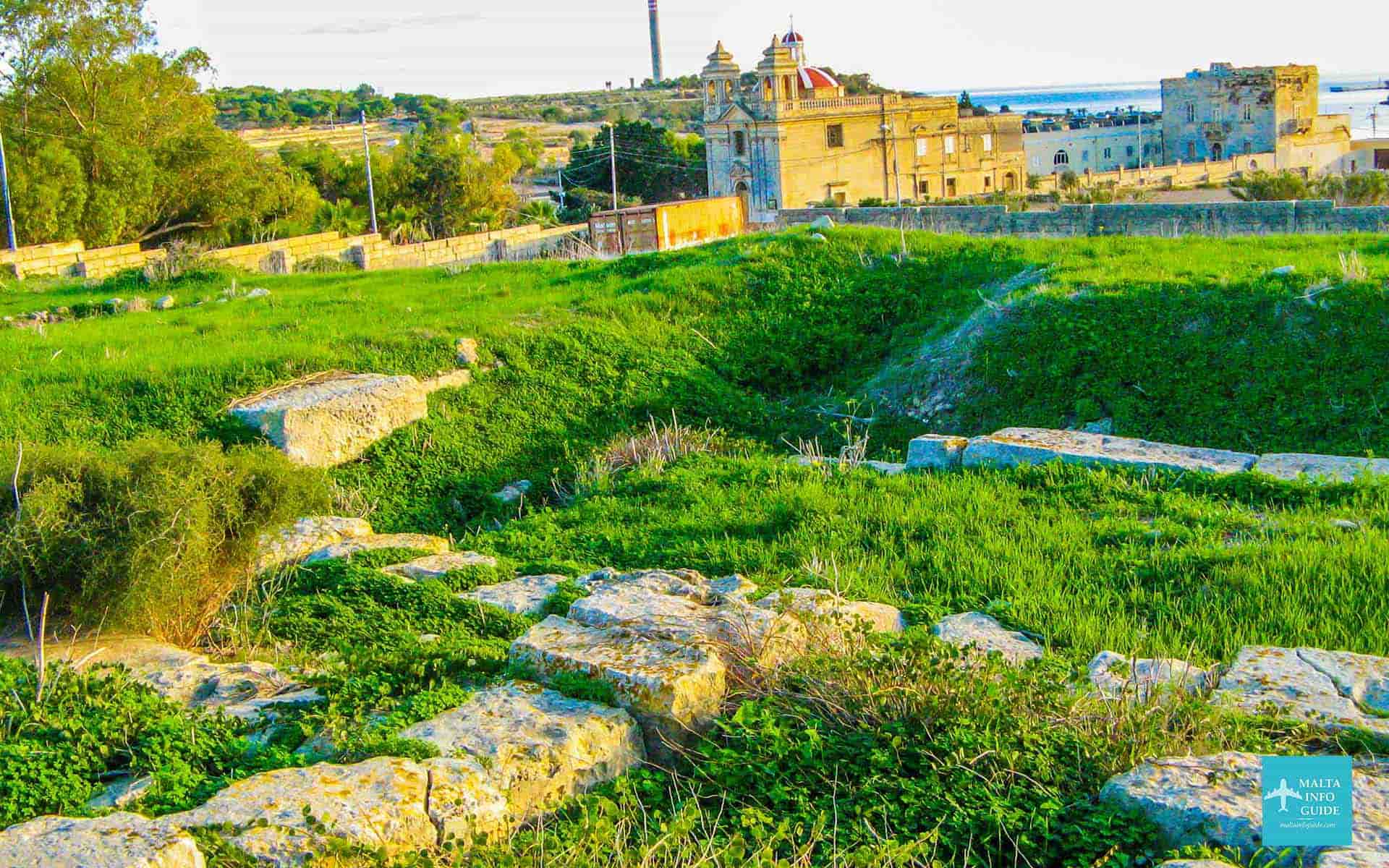
Apart from our attractions of sun and sea, Malta is very rich in culture. Its position in the centre of the Mediterranean sea is proof of this, and Malta served as the place for many cultural settlements.
Our two natural sheltered ports, the Grand Harbour and Marsaxlokk bay, served as ideal hubs for many centuries of navigation, giving rise to settlers leaving a prestigious heritage. Many times we underestimate this richness.
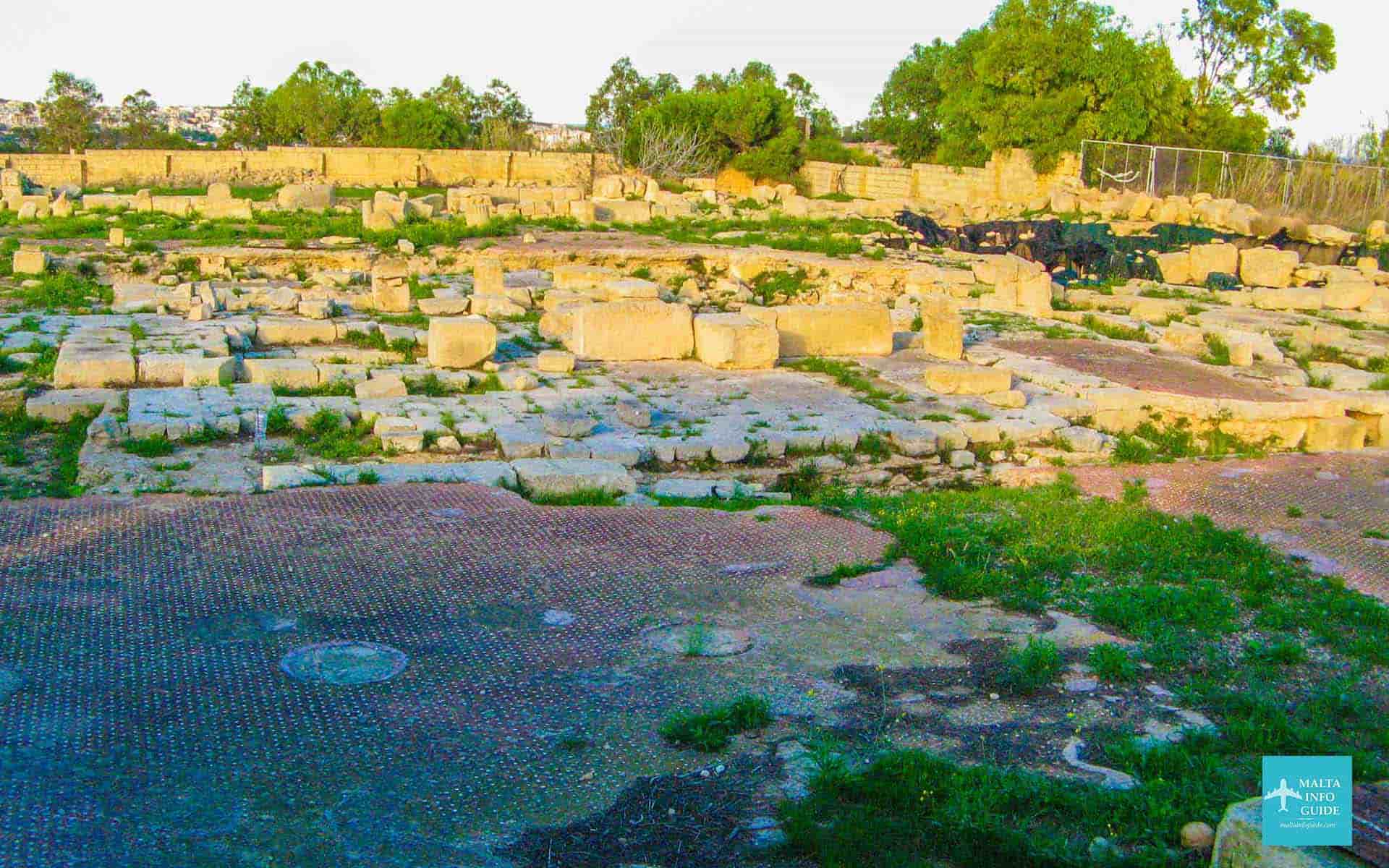
It is our pleasure to convey to you a short description of one of our Maltese sites known as tas-Silg, at Marsaxlokk bay. Unfortunately this site is not open to the public for viewing due to ongoing excavations.
This page is ideal for those person who have a particular love for archaeological research as well as having an appreciation for our ancestors’ way of life.
Tas-Silg is a vast megalithic complex covering 4,000 years of history located in the south-eastern part of Malta overlooking the magnificent harbour of Marsaxlokk bay, a well sheltered port. It occupies the most prominent highest point of the Delimara peninsula.
This site has provided proof that Malta served as a transshipment centre in the middle of the Mediterranean sea.
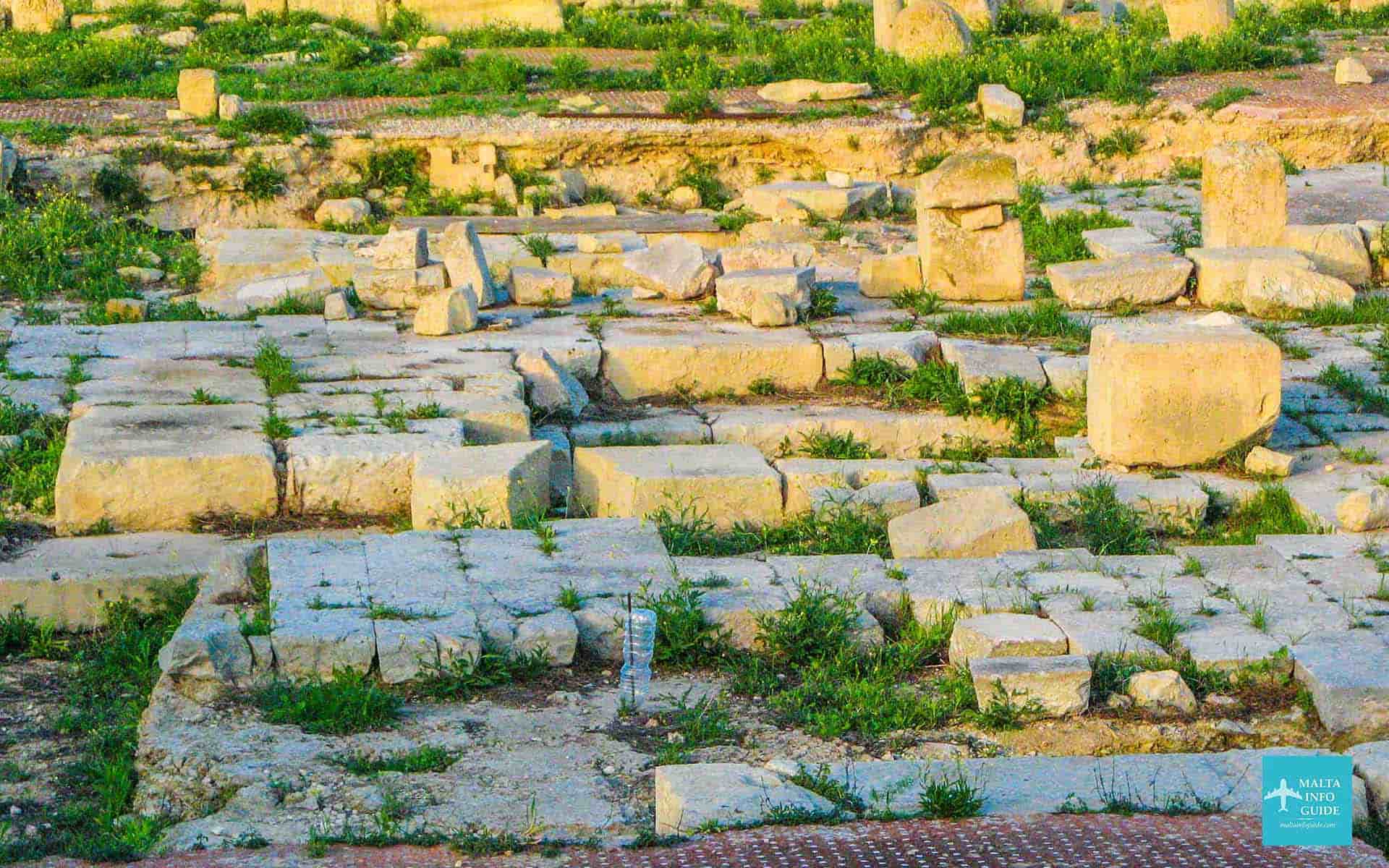
The site is considered to be a living museum of different eras as it existed during several periods from the Temple Age, Bronze Age, Phoenician-Punic, Roman, Byzantine and to the Arabic period.
Tas-Silg is the name derived from the chapel on its southern slopes dedicated to ‘Madonna Tas-Silg’ meaning “Our Lady of the Snows".
The first excavations were conducted between 1963 and 1972 by the Italian Archaeological Mission. This was an initiative of the Maltese Government during the 1960’s and by Maltese archaeologists through the University of Malta. They uncovered unique archeological remains that gave light to the Maltese islands’ history as well as the Mediterranean region. The uncovered successive layers of occupation included the following remains:
• 900 - 1,100 A.D. - Arab settlement in Malta occupied by the Fatimids.
• 400 - 600 A.D. - Byzantine church during the Byzantine empire or called the Later Roman Empire.
• 200 - 300 B.C. - Roman culture remains. A temple dedicated to Hera the Queen of the Gods.
• 700 - 200 B.C. - Punic Temple of Astarte the Goddess of Fertility, Beauty, War and Love.
• 3,300 - 3,000 B.C. - Megalithic Temple from the Tarxien phase in Malta.
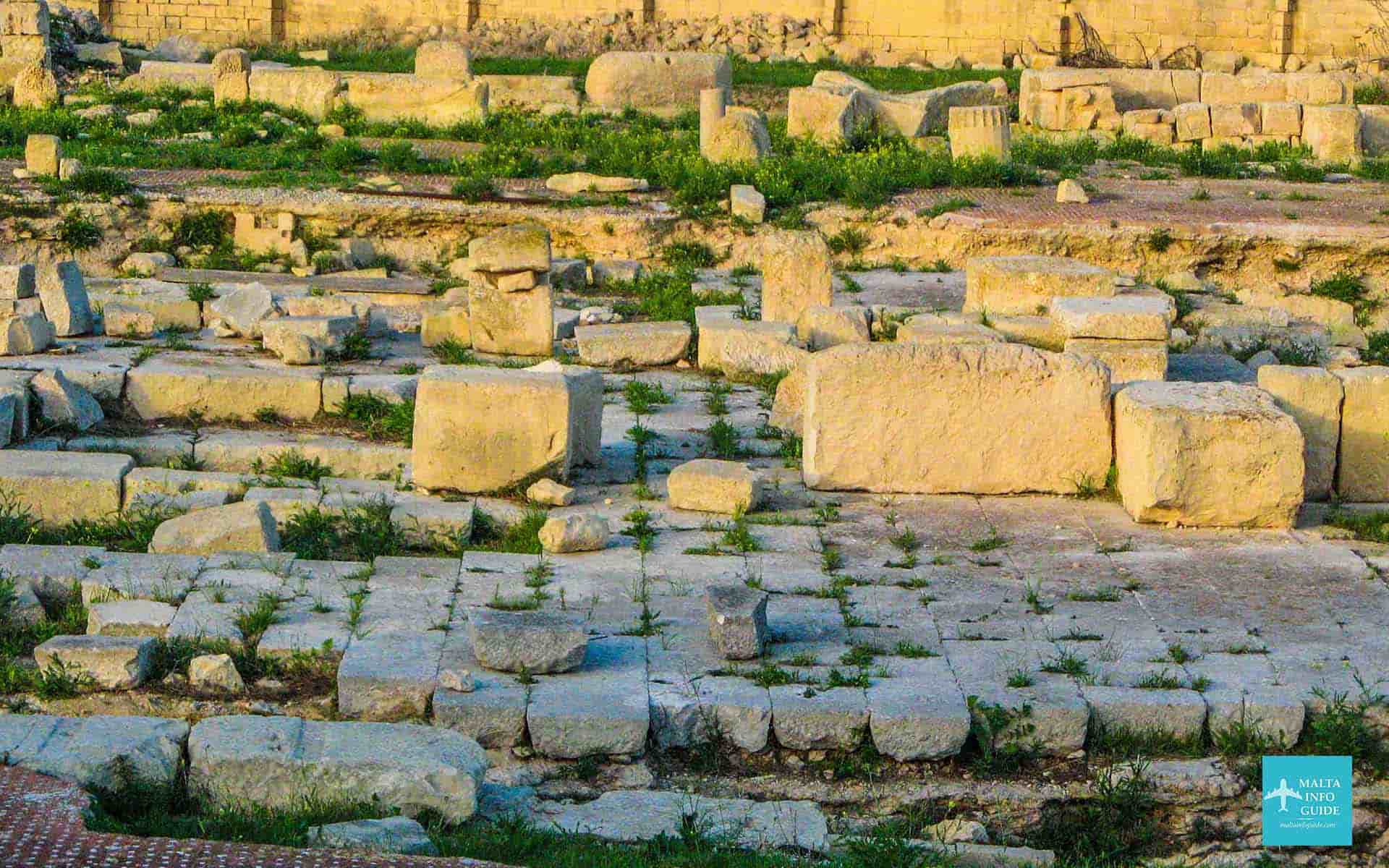
Tas-Silg served as a religious site for various different cultures. This happened over thousands of years of human history going back from the second half of the third millennium before Christ to the Phoenicians, the Carthagenians, the Romans and Christianity.
From the ruins it was evident that there existed a large megalithic temple built on top of the hill overlooking Marsaxlokk bay. This was during the second half of the third millennium before Christ.
This temple had survived the Phoenician and Cathagenian eras up to the Roman period where they had made additions to the structure remaining as a sacred place for them.
At this point the Maltese started converting to Christianity and the temple was neglected. Later on a monastery was constructed on the ruins of the temple. Further excavations during the mid-60s exposed the Punic temple of Astarte and later temples.
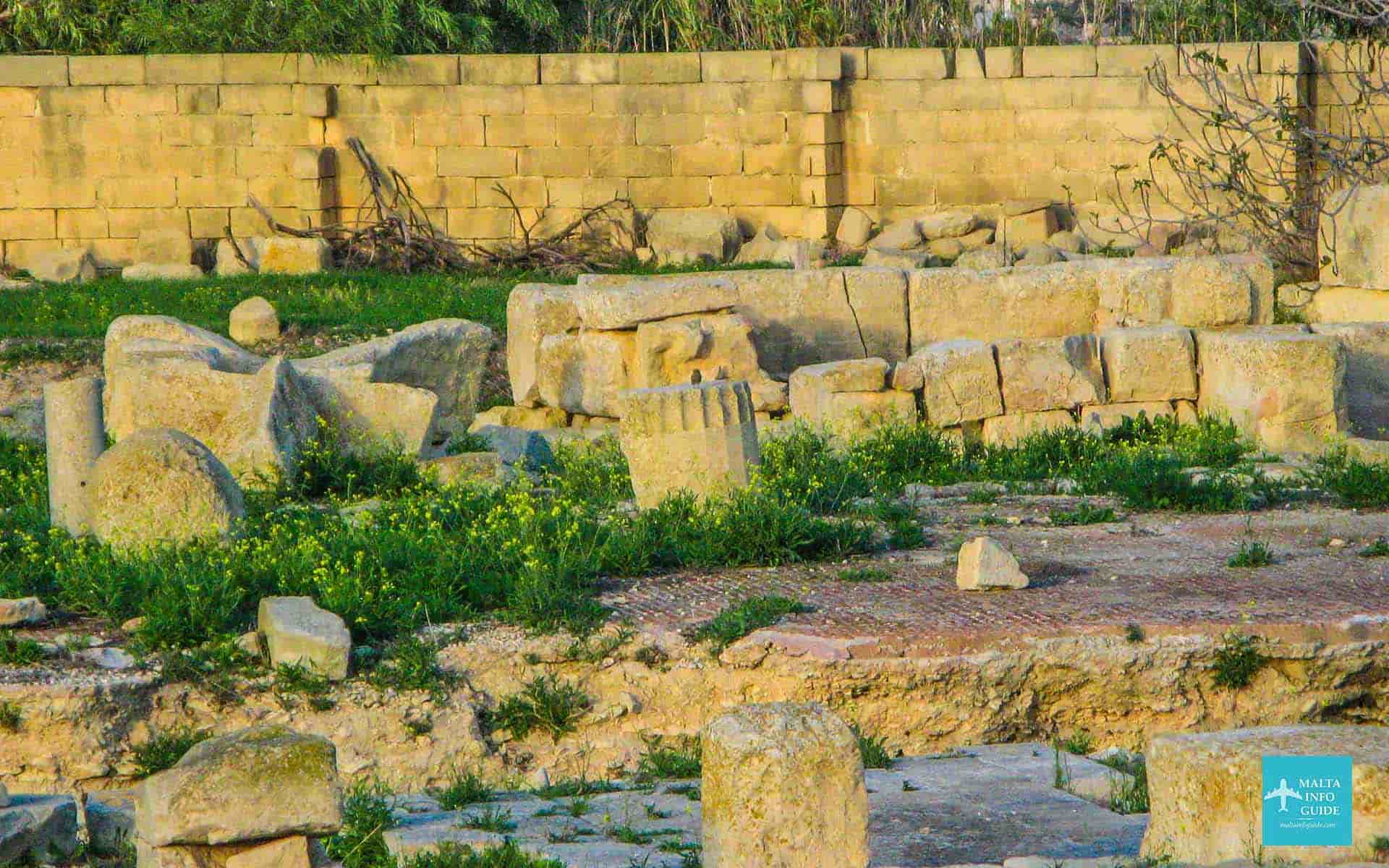
A fourth century monastery found at this site revealed a prehistoric D-shaped setting of large blocks, the foundation of the outer wall of a four-apse temple of the Tarxien temple phase.
There has also been found a section from the old temple that was used as a Catholic basilica and there could also have been a 'battisteru' where the priests used to baptise the christians.
The remains of Byzantine monastery with many rooms leading to an internal yard were also found. All this was destroyed when the Arabs came to Malta.
Tas-Silg is a historic treasure. Although it is not open to the public, we hope to have given you an idea of the rich Maltese culture.
Want to rent a car in Malta?
We have used Discover Cars every time we rented a car. We highly recommend them due to their good service and good prices.
Get The Best Rates On Your Car Rental Now!
Need to book a hotel for your Malta visit?
Using Booking.com, enter your travel dates and number of occupants then rates will be available for hotels and apartments during your visit to Malta
Book Your Hotel In Malta on Booking.com for the Best Rates!
 By Albert and Benjamin Magro
By Albert and Benjamin Magro



